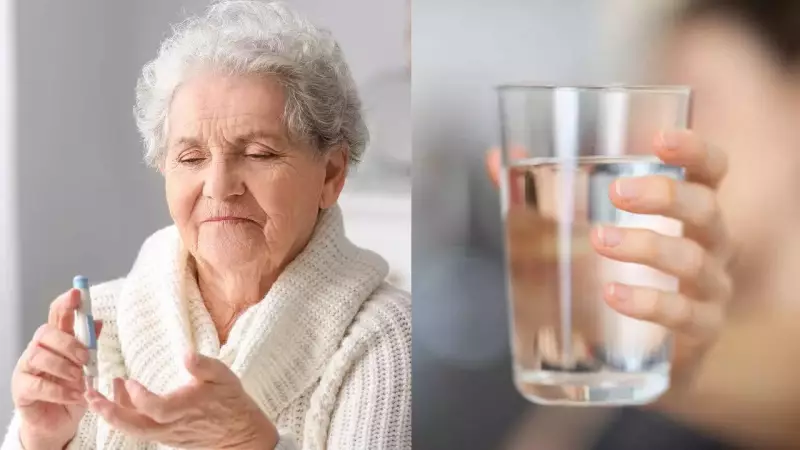
Living with diabetes brings numerous challenges, and one of the most overlooked yet dangerous complications is dehydration. For millions of Indians managing diabetes, understanding this connection could be life-changing.
The Blood Sugar-Hydration Connection: Why Diabetics Are More Vulnerable
When blood sugar levels remain consistently high, the body initiates a natural detox process through increased urination. This phenomenon, known as polyuria, is the body's attempt to eliminate excess glucose through urine. However, this crucial survival mechanism comes with a significant downside: it drains the body of essential fluids and electrolytes at an alarming rate.
Recognizing the Warning Signs: Don't Ignore These Symptoms
Early detection of dehydration can prevent serious complications. Watch for these tell-tale signs:
- Persistent dry mouth and unusual thirst
- Dark yellow urine with strong odor
- Fatigue and dizziness, especially when standing
- Headaches and difficulty concentrating
- Dry, cool skin that lacks elasticity
- Rapid heartbeat and breathing
Beyond Thirst: The Domino Effect of Dehydration in Diabetes
Dehydration doesn't just cause discomfort—it triggers a dangerous cycle. As fluid levels drop, blood becomes more concentrated, causing blood sugar levels to spike even higher. This creates a vicious pattern where high blood sugar causes dehydration, which in turn elevates blood sugar further.
Proactive Prevention: Your Daily Hydration Action Plan
- Water First, Always: Aim for 8-10 glasses daily, increasing intake during hot weather or physical activity
- Monitor Blood Sugar Regularly: Keep levels within target range to prevent excessive urination
- Choose Smart Beverages: Opt for water, herbal teas, and sugar-free drinks over sugary alternatives
- Eat Water-Rich Foods: Incorporate cucumbers, watermelon, oranges, and tomatoes into your diet
- Time Your Hydration: Drink water consistently throughout the day rather than large amounts at once
- Weather Awareness: Increase fluid intake during summer months and in humid conditions
Special Considerations for Indian Climate and Lifestyle
India's diverse climate presents unique challenges for people with diabetes. The intense summer heat, high humidity in coastal areas, and dry conditions in northern regions all accelerate fluid loss. Traditional Indian diets, while rich in spices and flavors, can sometimes be high in sodium, increasing hydration needs.
When to Seek Immediate Medical Attention
Certain symptoms require urgent medical care. Contact your healthcare provider immediately if you experience:
- Extreme thirst that doesn't improve with drinking
- Little or no urination for several hours
- Sunken eyes and severe dry mouth
- Confusion or disorientation
- Rapid, weak pulse
- Fainting or near-fainting episodes
Remember: Proper hydration is not just about drinking water—it's about maintaining a balance that supports overall diabetes management. By making hydration a priority, you're taking a crucial step toward better health and improved diabetes control.





